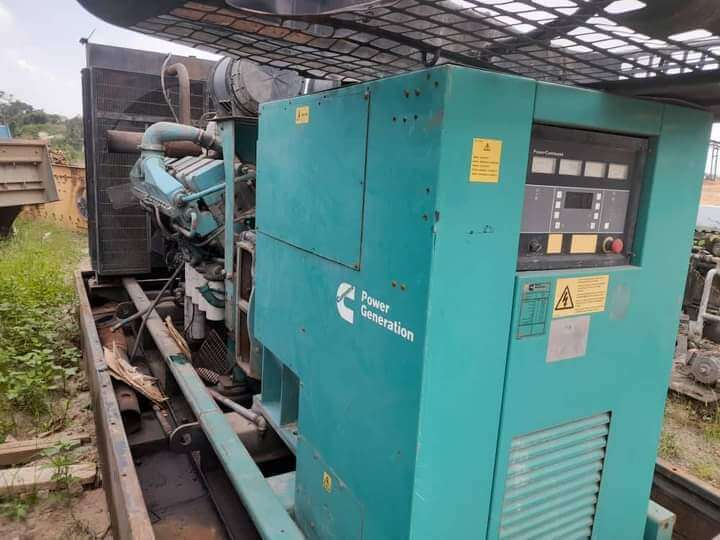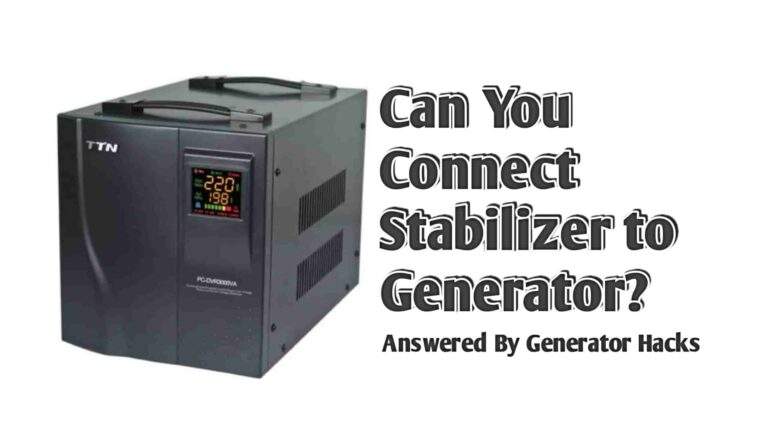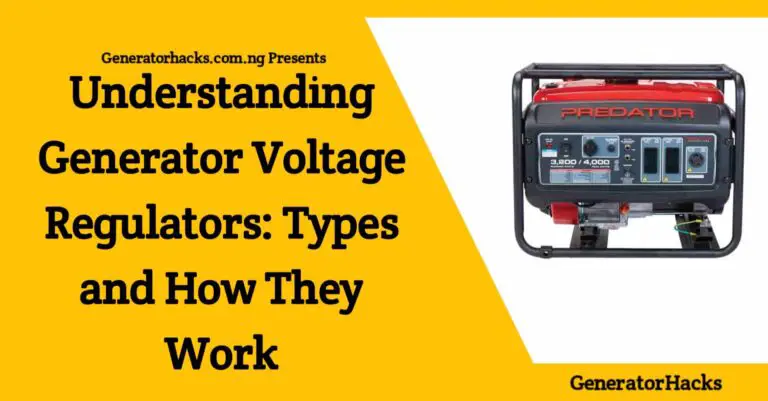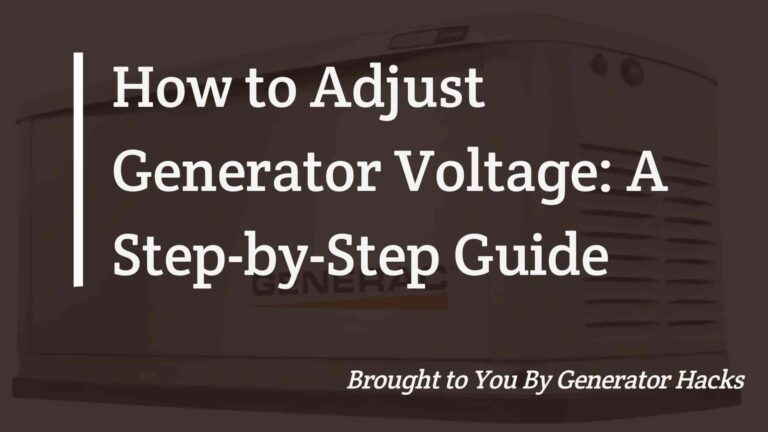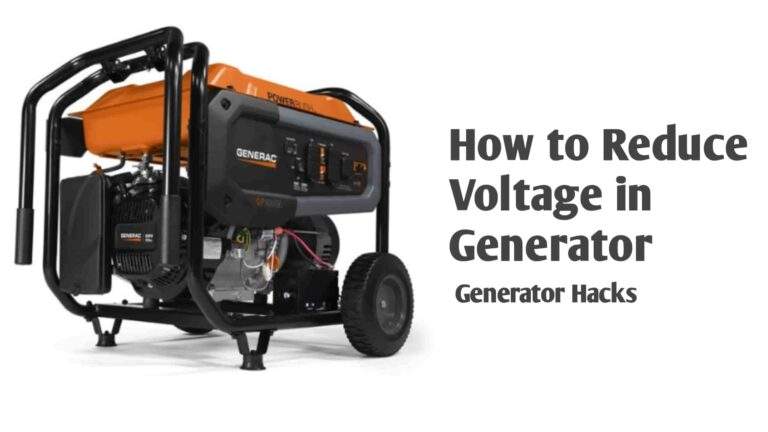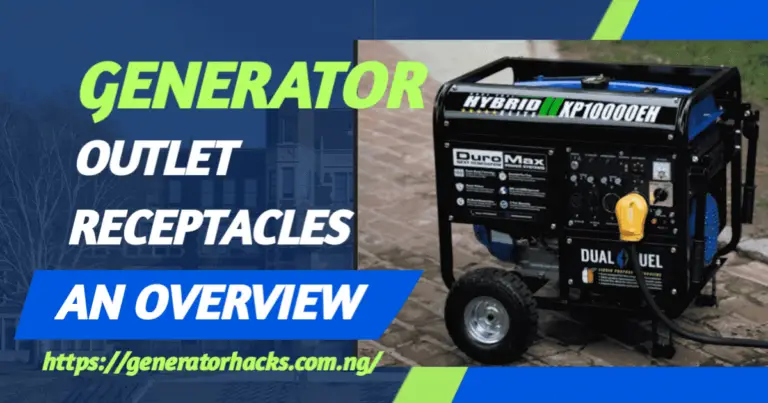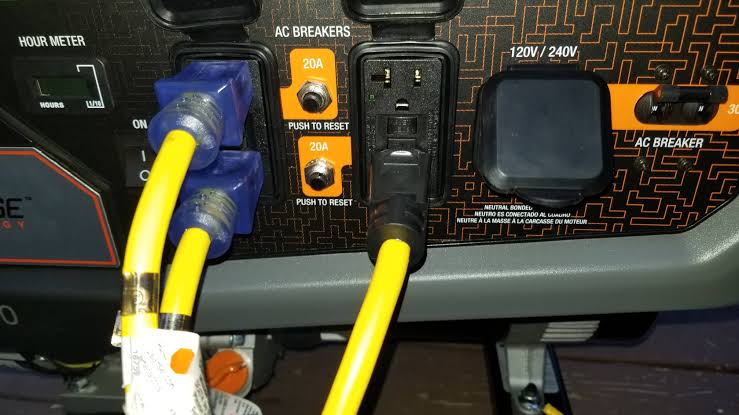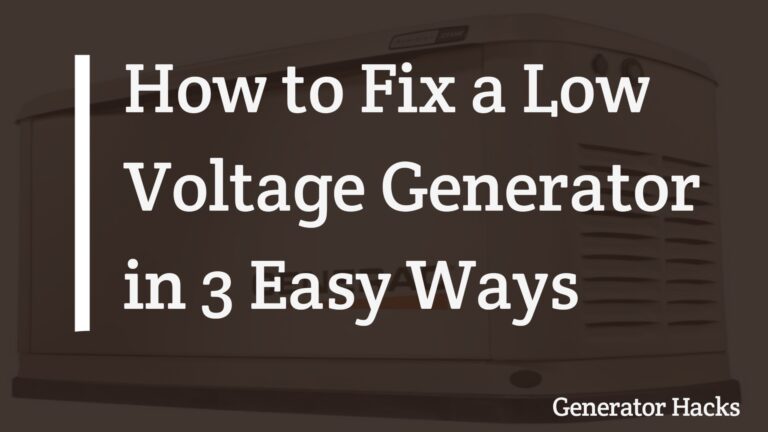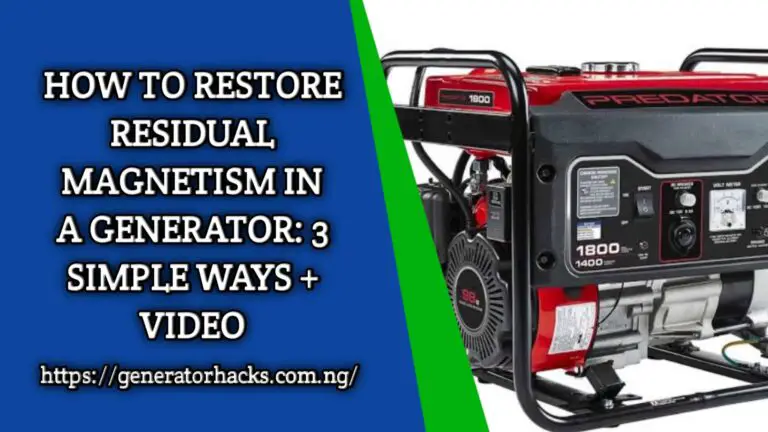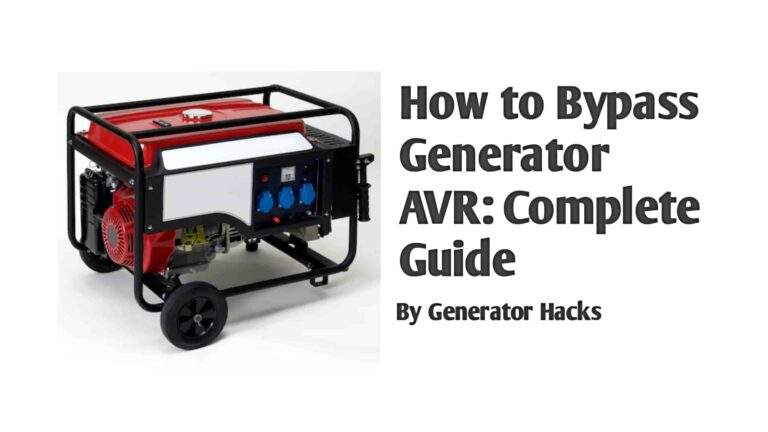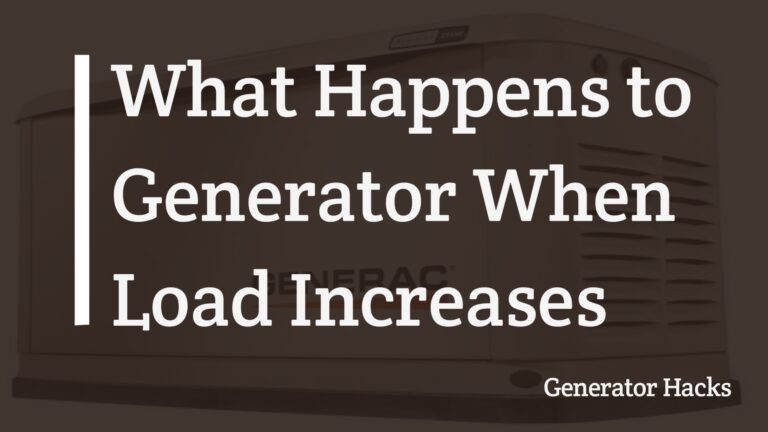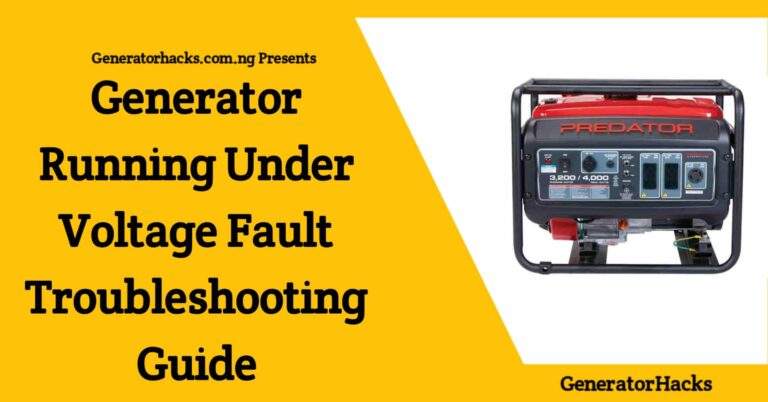As an Amazon Associate, we earn from qualifying purchases. This does not affect the price you pay or the quality of the products you buy. For more information, please read the full affiliate disclosure here.
Portable generators can be messy at times and can cause surging at any time — putting your appliances/electronics at risk.
These are most common among traditional portable gasoline generators, unlike inverter generators that supply clean and stable power.
Hence, the guide will show you the different ways to stabilize portable generator power and ensure you get a consistent and reliable power supply.
How Portable Generator Produced Power
Before we delve into how to stabilize portable generator power, it is important to understand how generators work.
Portable generators work by converting mechanical energy into electrical energy. This is done by using an engine to turn an alternator that generates electricity.
The power output of a generator is measured in watts (W). The wattage rating of a generator refers to the maximum power output it can produce. However, the power output may vary depending on the load being powered.
In addition, the power output of a generator may not always be stable. This is because the engine powering the generator may not always run at a constant speed. As a result, the frequency and voltage of the power output may fluctuate.
Why Stabilize Portable Generator Power?
Unstable power output can cause damage to sensitive electronic equipment such as laptops, phones, and televisions.
In addition, it can also damage appliances such as refrigerators, air conditioners, and electric stoves.
This is because electronic equipment and appliances are designed to operate at a specific voltage and frequency.
Unstable power output can also cause a power surge, which can lead to electrical fires or damage to the generator itself.
How to Stabilize Portable Generator Power
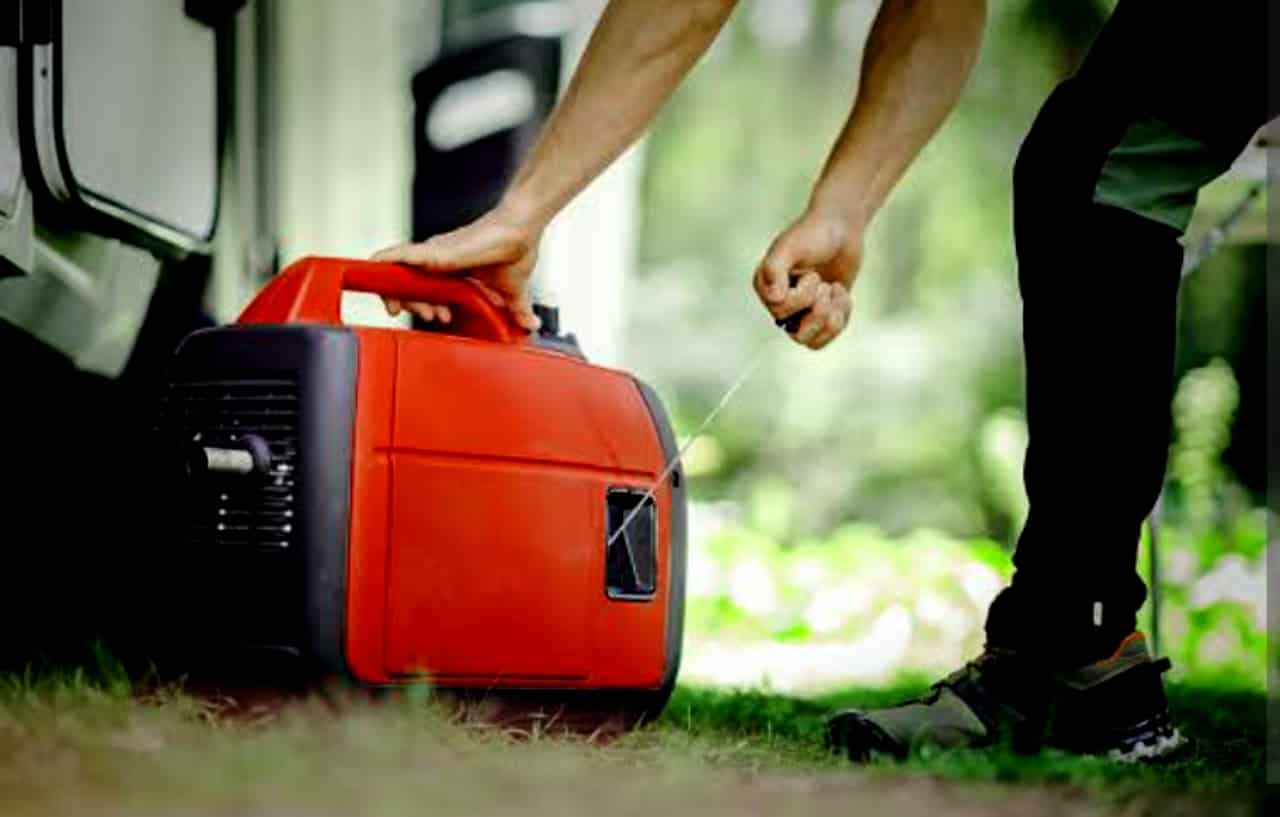
There are several ways you can stabilize your portable generator power depending on the condition of your generator. Here are some of the most effective methods.
1. Use a Voltage Regulator
Voltage regulators are devices that maintain a constant voltage level in an electrical circuit. It does this by regulating the voltage level to a specified value.
In the case of a portable generator, a voltage regulator can be used to stabilize the voltage output. Some portable generators come with their voltage regulator while some don’t.
If you are using a generator that has its voltage regulator for instance AVR, you can check if the generator is high — but if it isn’t, you should call a technician to help you confirm the AVR.
However, there are two types of voltage regulators.
- shunt voltage regulator.
- series voltage regulator.
A shunt regulator is connected in parallel with the load and diverts excess current away from the load. These are also called diodes if you are using generators like the Tiger 950.
A series regulator, on the other hand, is connected in series with the load and controls the voltage level across the load. These are also known as AVR generators.
To use these voltage regulators with your portable generator, you will need to connect it between the generator and the load which will ensure that the voltage output is stable and consistent.
If you can’t do it yourself, you can call a technician to help like I said earlier.
Also Read:- How to Adjust Generator Voltage: A Step-by-Step Guide
2. Use a Power Conditioner
A power conditioner is a device that improves the quality of the electrical power supplied to a load. It does this by filtering out any noise or distortion in the power supply.
According to Riello UPS, a power conditioner is a device used to protect sensitive loads by smoothing out voltage fluctuations such as spikes, transients, and electrical noise. It can be electronic or transformer-based.
You can use a power conditioner with your portable generator to stabilize the power output. It will remove any noise or distortion in the power supply and ensure that the power output is stable and consistent.
3. Use a Stabilizer
A stabilizer is a device that maintains a constant voltage level in an electrical circuit. It does this by regulating the voltage level to a specified value. In the case of a portable generator, a stabilizer can be used to stabilize the voltage output.
A stabilizer can be used with a portable generator to ensure that the voltage output is stable and consistent. It will regulate the voltage level to a specified value and prevent any fluctuations in the power output.
But if you are to use a stabilizer, make sure the appliances you connect with the stabilizer are not more than the generator even if the stabilizer is bigger.
You can also read more on whether you should connect the stabilizer to your Generator or not and if you should — how you can do it.
4. Use a Load Bank
A load bank is a device that simulates an electrical load on a generator. It does this by providing a resistive load that draws power from the generator.
A load bank can be used to stabilize the power output of a portable generator. It will ensure that the generator is working at its full capacity and prevent any fluctuations in the power output.
Load banks for generators differ and there are different types you can find in the market depending on your type of generator either diesel or gasoline generator.
4. Use a Fuel Stabilizer
I know you might be thinking; how does a fuel stabilizer connect with trying to stabilize a portable generator?
Well, for your information, the fuel in your generator can also cause your generator power to not be stable. It does this by affecting the carburetor which might cause function.
Fuel stabilizers are chemicals that are added to gasoline to prolong its shelf life and prevent it from deteriorating over time.
To use a fuel stabilizer with a portable generator, simply adding the recommended amount to the gasoline in the fuel tank, will ensure that the gasoline remains fresh, clean, and stable, and the engine runs smoothly.
Also Read:- 3 Best Fuel Stabilizers for Honda Generators (All Types of Generators)
5. Maintain the Generator
Lastly, regularly maintaining your portable generator is key to ensuring that the generator runs smoothly and produces stable power output.
Maintaining your generator includes changing the oil, checking and replacing the air filter, cleaning the spark plug, and checking the fuel filter.
It is also important that you follow the manufacturer’s recommended maintenance schedule and use high-quality parts and lubricants.
With all these, your generator will produce reliable and stable power that will keep your electronics safe.
Frequently Asked Questions
Can I stabilize the power output of my generator without tools?
No, you need specific tools like a digital multimeter, spark plug wrench, fuel stabilizer, and air filter cleaner to properly stabilize the power output of your generator.
What should I do if my generator’s voltage regulator is damaged?
If your generator’s voltage regulator is damaged, you will need to replace it to maintain a constant voltage output. Consult the manufacturer’s manual or seek the help of a qualified technician.
How often should I change the oil in my generator?
The frequency of oil changes depends on the manufacturer’s recommendations, which differ between different models. Generally, it is recommended you change the oil in your generator every 100 – 200 hours of use.
Can I use a portable generator indoors?
No, portable generators should never be used indoors, including in garages, basements, or other enclosed spaces. That’s because generators produce carbon monoxide, a colorless and odorless gas that can cause illness or death if inhaled in high concentrations. You must always use generators outdoors and keep them at least 20 feet away from windows, doors, and vents.
Final Thought
Portable generators are an excellent source of power, but their power output may not always be stable. This can cause damage to electronic equipment and appliances, as well as pose a safety hazard.
To stabilize portable generator power, several effective methods can be used, including using a voltage regulator, power conditioner, stabilizer, load bank, fuel stabilizer, and regularly maintaining the generator.
By following these tips, you can ensure that your portable generator produces stable and reliable power output, and you can enjoy the convenience and peace of mind that comes with having a backup power source.

